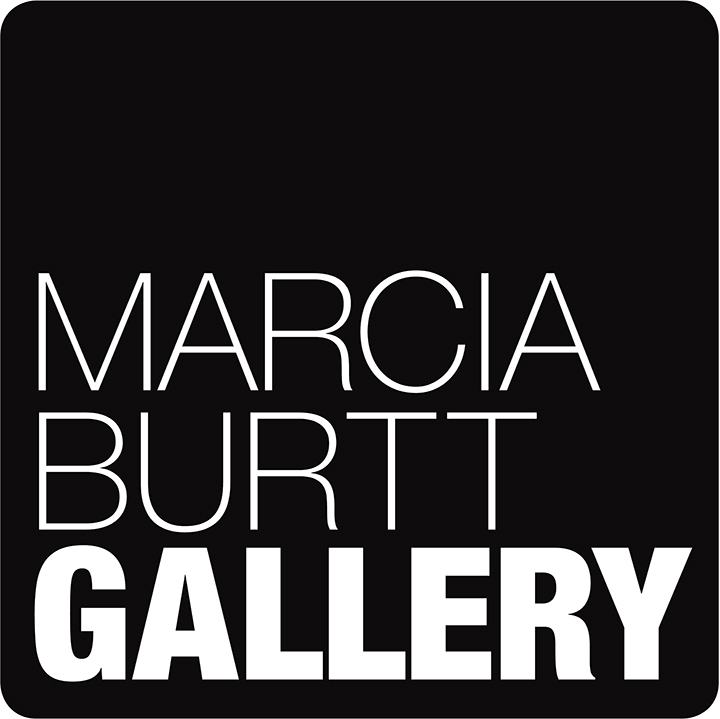Surveying Ornament
Take a closer look at these paintings and photographs from our Ornament in Nature exhibition, featuring nature's decorative elements.
Tableware, lemons, and cut flowers parade diagonally across a table in Anne Ward's Backlit Still Life Objects. Ward has cropped the surrounding room out of the painting. Painted from above, the table tips up, revealing a flower-print tablecloth that mirrors the cut blooms in the vase, completing the march down the canvas. Nature is a powerful influencer in this carefully composed still life.
Susan Petty, Still Life with Brown Pansies, watercolor, 6.75x6.75 in. Sold.
Susan Petty uses shadows to define space and add complexity in her watercolor Still Life with Brown Pansies. A single line and light purple-grey washes define the edge and surface of the table. Backlighting animates a contrasting flower's petals into tentacles. These cut flowers live in a mix of shadow and light, giving intrigue to common garden elements crowded into a tiny vase.
Patricia Doyle's Lotus is almost monochromatic. Muted blues and greens isolate, and energetic brown lines unite and define, the single flower at the painting’s center. Reflections hint at what is beyond the canvas, but the outside world is absent, emphasizing Doyle’s choice to focus on the exotic blossom.
Dana Hooper, Dawn, oil, 5x5 in. Sold.
You can count the number of brushstrokes Dana Hooper used to form her chickens in each of these three paintings. Thick multicolored strokes are independent of one another: edging and overlapping but not thoroughly blended. Hooper even gouges stripes into the wet paint with the brush handle. These are paintings about the pleasure of paint that nevertheless capture the essence of these chickens. The immediacy of the gestures and bright colors relay chicken humor — comedy in gold, pink, orange, and blue.
Marcia Burtt's two landscapes depict square feet rather than miles.
Hills and mountains have been cropped out of Native Garden, compressing space. Speckled and jerky brushstrokes convey Burtt's gestural style and dynamic color while portraying mingled undisciplined garden elements.
Afternoon, Lot River has only two parts — the trees and the river reflecting the trees. Burtt has condensed the view into a burst of bright green foliage and its aqueous double. The vertical composition descends more from Color Field than from Plein Air painting. This minimalism gives an intense contemplative focus on a single subject.
Dangling tree limbs suspended from the top of Erling Sjovold's Stranded Log — Still River 1 remind us of a Rococo framing motif. Replacing ample pink flesh with rocks and a gnarled fallen tree, Sjovold puts nature's ornamentation in the forefront, finding frippery in this miniature from a daily hike.
With only clouds and blue sky behind them, the magnolia flowers in Randall David Tipton's painting momentarily become a flock of birds. Blooms roost on an unseen tree's limbs, ready to take flight. Tipton accentuates surrealism by shifting his viewpoint and narrowing the focus to create this chimerical image.
Bill Dewey's photograph of torn photos focuses almost solely on clouds. Pure decoration. Fluffy clouds, wispy clouds, sunrise on clouds, and storm clouds that span time and space. This awe-inspiring yet most egalitarian view is available to us by simply looking up. Ornament for everyone.
—Cynthia Stahl




